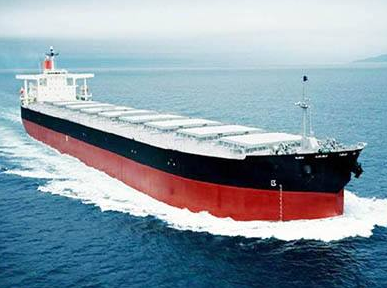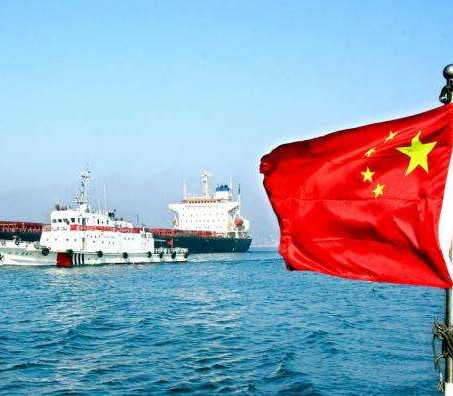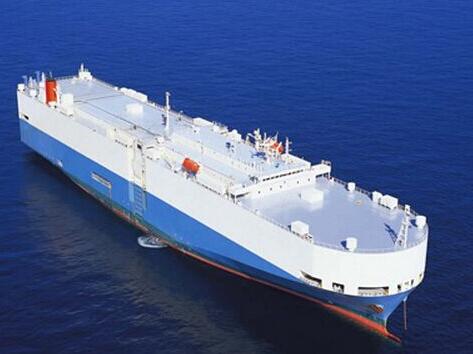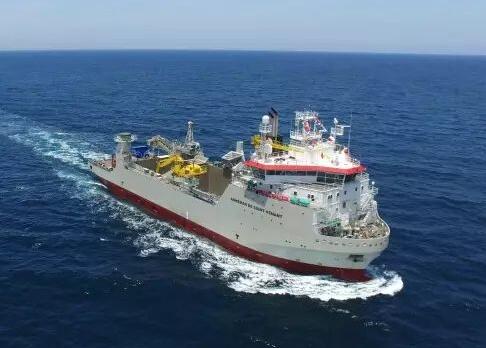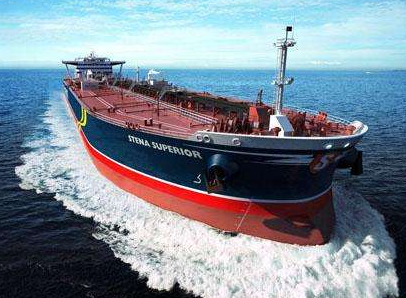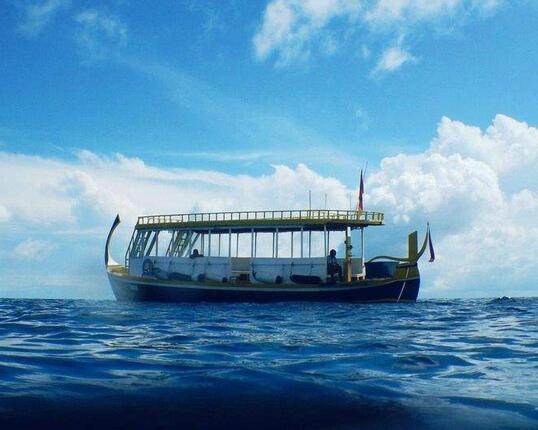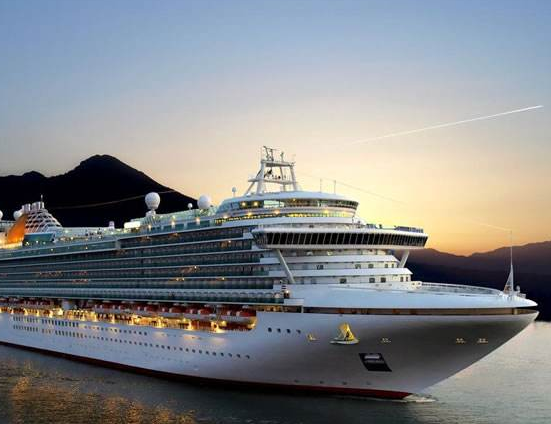James Frew, senior analyst at Maritime Strategies International (MSI), a UK shipping consultancy, points out that China's economic restructuring, advances in oil and gas exploration technology, and low-carbon transition requirements for shipping are changing the current state of the shipping industry: The challenge is also the best opportunity.
In the five years after 2003, ship operations and shipbuilding orders continued to soar as the previous round of booming economic growth. But since then the shipping market has been in a decade of depression. By 2019, most of the shipping and offshore industries have entered an upward phase, and shipbuilding capabilities have been adjusted, which laid the foundation for the development of the new shipbuilding market.
The warming market has caused more and more people to believe that the shipping market has entered a new development cycle, but this voice ignores the three important factors that may affect the shipping industry in the next decade.
The growth in demand for shipping vessels is all-encompassing. In addition to the increase in ultra-deepwater oil production in Latin America and the shale gas revolution in the United States, the recovery of oil production in the Atlantic Basin is also driving the development of the tanker and LNG transportation market.
Analysts believe that the increase in demand for tankers caused by the increase in Atlantic oil production is earlier than the impact of potential crude oil trading, which is beneficial to the tanker market, and shipyards and ship owners can avoid the heavy delivery schedule pressure.
In addition, the short-term market disruption caused by the IMO2020 sulfur limit will have a positive effect on the tanker market, not only because the local distillate cargo will be promoted to ensure fuel supply, but also because high-sulfur fuel oil cannot be sold as a ship fuel in Europe. It is also necessary to distribute excess fuel oil from Europe to refineries in Southeast Asia.
Although the natural gas (LNG) market is not affected by the IMO 2020 sulfur limit, the US shale gas production changes are still important. At the same time, due to China's consideration of environmental factors, LNG is used as a substitute for coal, resulting in rapid growth in demand. Although trade growth has been guaranteed in the next two years, fleet construction is still needed to meet an improved profitability environment.
However, there are some dangers in this market. Due to the investment in the LNG market in 2016 and 2017, it is expected that the increase in LNG capacity will be interrupted between 2022 and 2024. In other words, although the long-term potential demand for the LNG market is stable, the shortage of LNG goods that may occur in early 2020 will lead to a downturn in the corresponding transportation market.
As for the current situation of China's economic development, analysts are not optimistic about the development prospects of the dry bulk market. China's coal imports have peaked, and iron ore imports may peak in the next two years. Despite the growing demand for grain and small dry bulk shipping, large bulk carriers will have difficulty accessing more markets.
After the spin-off of China's manufacturing industry, the domestic distribution is very extensive, and there are a large number of European and American outsourcing capacity to Asia every year. These factors have greatly promoted the large-scale growth of container trade, and the growth of Asia-Europe and trans-Pacific trade far exceeds transatlantic. Such as restricted trade.
However, compared to the shale gas revolution and China's industrialization, the challenges brought about by low-carbon transformation are even more severe. The shipping industry can only face and must play a role.
According to MSI research, if you do not take action quickly, shipping carbon emissions will increase from 800 million tons in 2018 to 1.1 billion tons in 2030. Analysts believe that ship slowdowns—especially old ones—can help improve the status quo while helping to support ship revenues and guide more new ship demand. If the fleet slows down, it may increase the order volume of 30 million tons of ships; if the fleet slows down two quarters, it will increase 50 million tons.
Ironically, the shipping industry is not willing to take the initiative to address low-carbon transition issues. Even a suitable speed limit can revitalize the global fleet, revitalize the shipbuilding industry, fulfill the social responsibility of the shipping industry and reduce carbon emissions.
















 RCCN WeChat QrCode
RCCN WeChat QrCode Mobile WebSite
Mobile WebSite